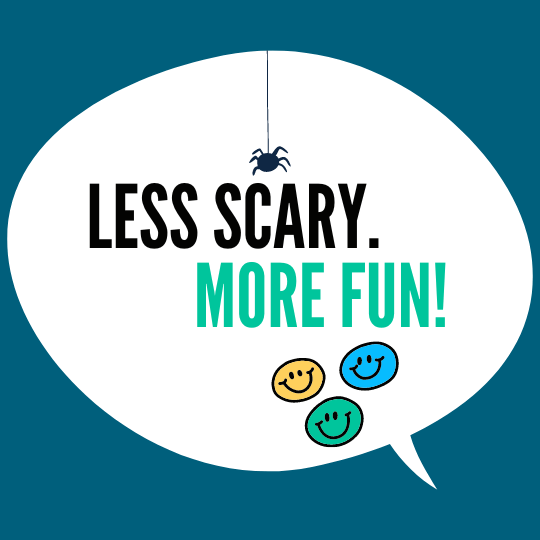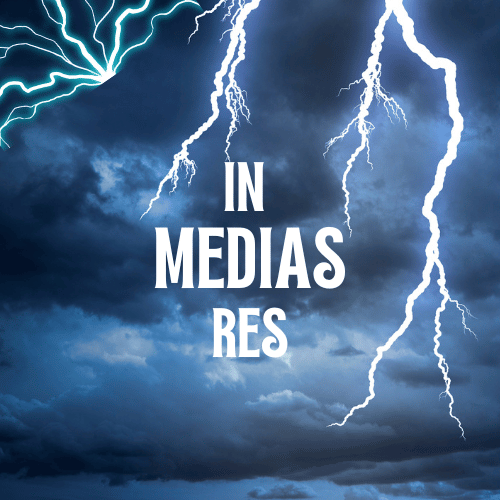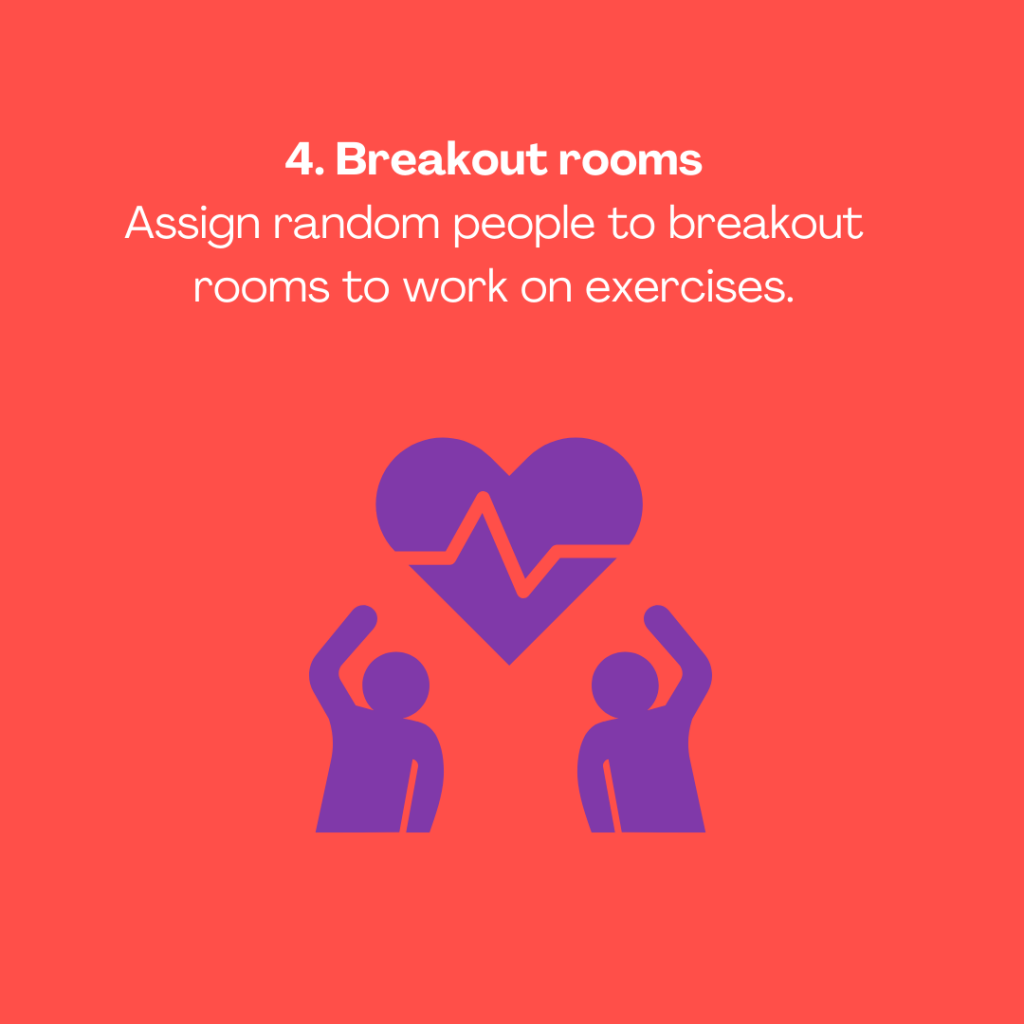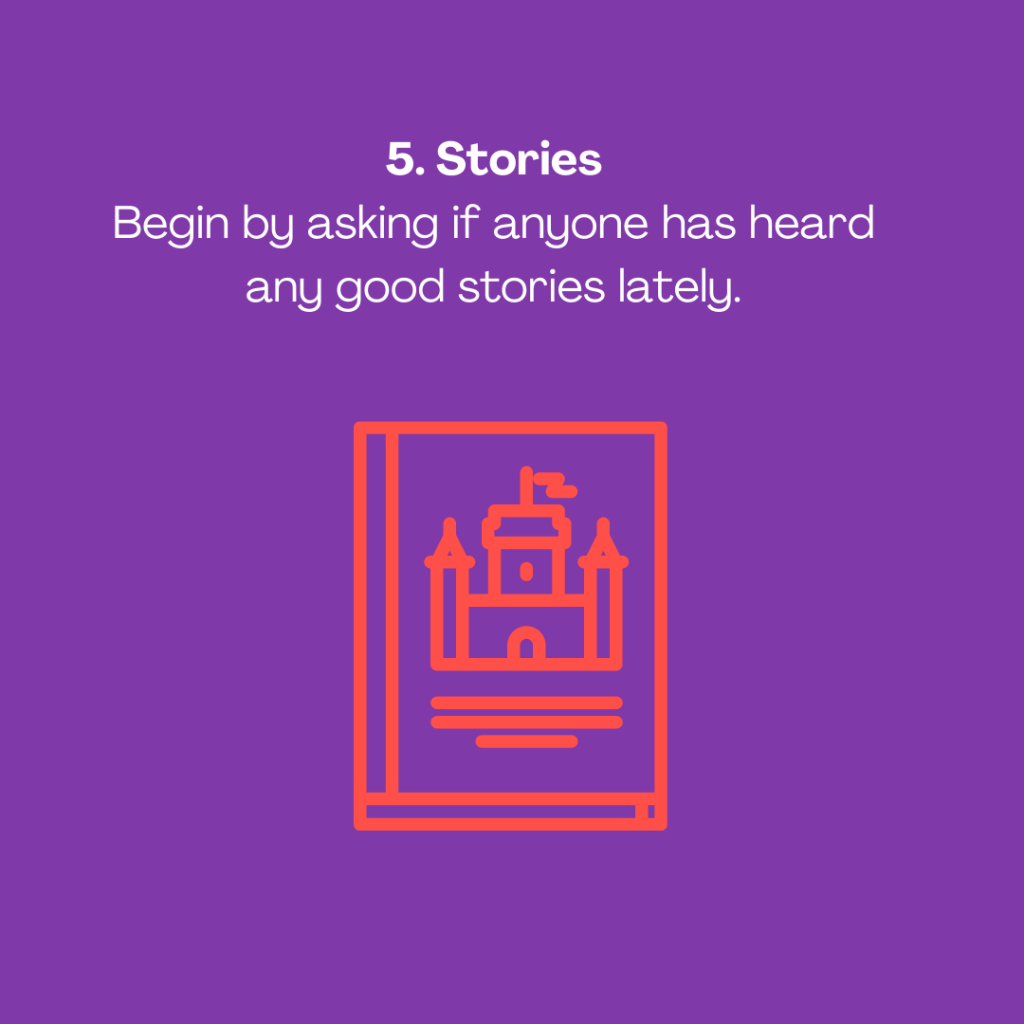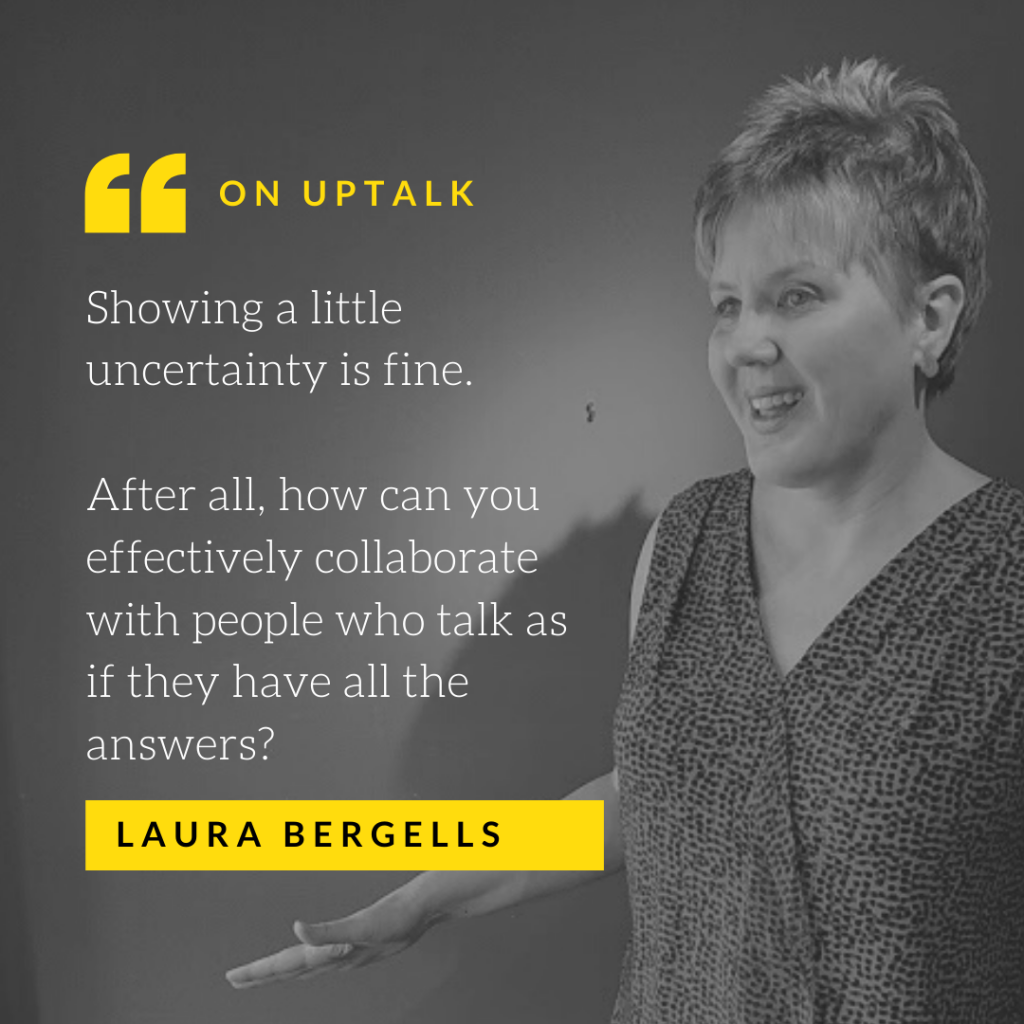Let’s compare Michigan and England. Michigan is made up of two peninsulas, while England is an island country. We’re both a bit cut off from the rest of our respective continents.
Geographically, Michigan and England are about the same size. But here’s a big difference. While Michigan has a population of around 10 million, England has around 56 million people!
I live in Michigan and have clients in England, and here’s something I’ve observed: my English clients seem naturally good at projecting their voices. I reckon they pretty much have to be if they want to be heard around the din of so many people on their little island!
And my English clients aren’t afraid of using a mic if they have to speak in public. Not at all! They’ll take all the vocal support they can get without hesitation.
But what about the people of my own state of Michigan? There are not a lot of people on these peninsulas to compete for attention on a day-to-day basis. We barely have to whisper to be heard!
People from Michigan tend to be more soft-spoken than people from England. And when it comes to public speaking, many Michigan people can be hesitant to even accept a mic. Many think it makes them sound too loud!
Here’s another difference between England and Michigan: the lion is the symbol of England. It represents strength, courage, and bravery: admirable qualities for a public speaker, to be sure! And let’s not forget that lion knows how to roar!
Michigan, however, has a moose and an elk on its flag. There’s also a Sasquatch. These are all shy and quiet creatures that try to go about their business unnoticed. The symbolism of Michigan inspires a more modest and coy approach to public speaking.

And so I’ll often have to coach clients from Michigan to project their voices so they can be heard in a public setting. Soft voices don’t command respect in a packed meeting room. In many situations, a soft voice can’t even be heard!
Many of my Michigan clients blanch or even shudder when I tell them to take mic support. They think it makes them sound loud and insufferable instead of modern and confident.
For my Michigan clients with soft, unsure-sounding voices, I’ll ask them to ditch the Sasquatch and embrace the symbolism of England: the lion. We’ll try an exercise called the “lion roar.” I use this exercise to help leaders with weak voices project confidence.
Here’s how it works:
- Stand up and inhale deeply
- Roar like a lion as loud and as long as you can
- Repeat it three times
That’s it!
The lion roar helps you open up your diaphragm, relax your vocal cords, drop your jaw, and release any tension or fear. It also boosts your energy and mood. Plus, it’s a great stress reliever.
If you have a soft voice and have trouble being heard, try it before your next presentation. Hear, see, and feel the difference.
You’ll sound more confident, enthusiastic, and authoritative. You’ll capture your audience’s attention, emotion, and interest. You’ll unleash your inner lion. 🦁
Laura Bergells teaches public speaking and business communication classes and workshops. You can also book a private, one-on-one Zoom consultation here: Hire Laura.
Take Laura’s communications and public speaking classes at LinkedIn Learning. – Free to LinkedIn Premium Members!

